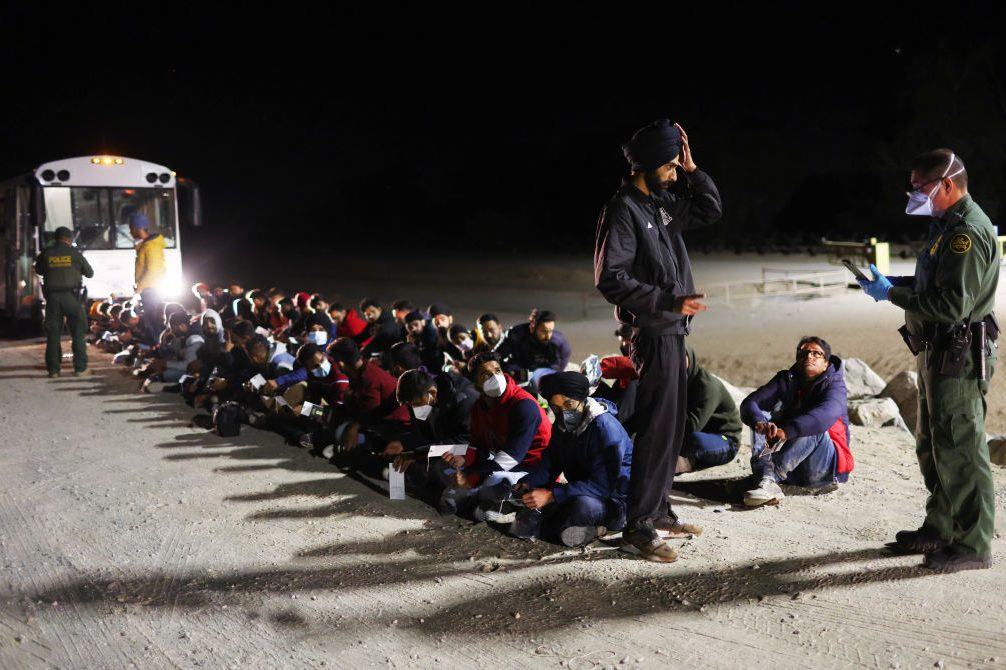I recently had an astonishing trip to the former correctional center in my town that entered into a contract with Immigration and Customs Enforcement to become a processing center right after President Biden took office and issued an executive order cracking down on private prisons.
The processing center is a big job creator in this rural place — and the people employed there, by all accounts I’ve heard and witnessed, are dedicated, hard workers. Yet what their jobs entail is astonishing. At a community outreach luncheon, I learned that as blue states refuse to allow ICE facilities to operate, central Pennsylvania has become a “hub” of the northeast for detainees. We receive immigrants from Maryland, New York, New Jersey and occasionally Ohio. What really struck me was all the running around the local employees must do to transfer “residents,” as they’re called, to and from other facilities, courts and for “special duties,” including consulate details, medical transports, funeral services and United States Marshall Services, and how poorly the detainees are accounted for after they’re released.
A processing center employee informed us that to date, the transportation team had completed 3,166 “missions,” moved 6,039 “residents” some 278,733 miles to and from airports in Philadelphia, Harrisburg, DC, New Jersey and New York City — and frequently to a Pittsburgh bus terminal and elsewhere. That’s not all. Once they’re released, typically to the Pittsburgh bus terminal, detainees are instructed to report to an office once they reach their destination. When I asked how often they fail to report on the other end, I was told, “more often than you’d think.” Some of the detainees are fitted with tracking bracelets that they can, and do, cut off. More fossil fuels and other resources are then required to try to locate and recover the at-large illegal immigrants.
The justice of forcing taxpayers to foot the bill for these “free” rides aside, I marvel at what the environmental impact of it all must be, and why an administration that professes to believe climate change is “the single-most existential threat to humanity we’ve ever faced, including nuclear weapons,” and that fossil fuels are largely to blame, is allowing this cycle to continue.
This situation describes a comparatively tiny sector of what our nation is enduring; every day, thousands of immigrants are put on planes and buses and deposited across the country. It’s been happening for years and shows no signs of slowing down anytime soon. Still, maybe Biden is keeping his green promises as a policy priority. An employee explained that for the thousands of detainees who are released every day, there are only a fraction of officers available and equipped to find them.

























